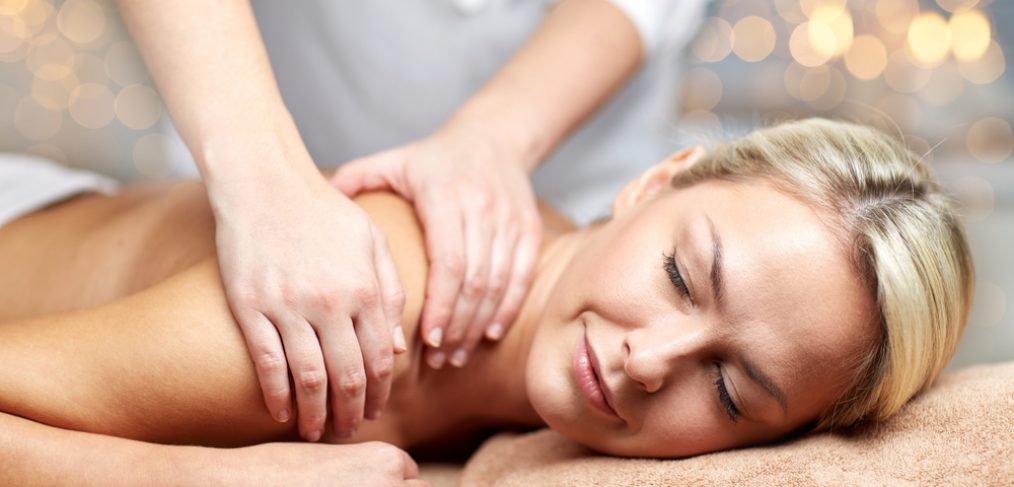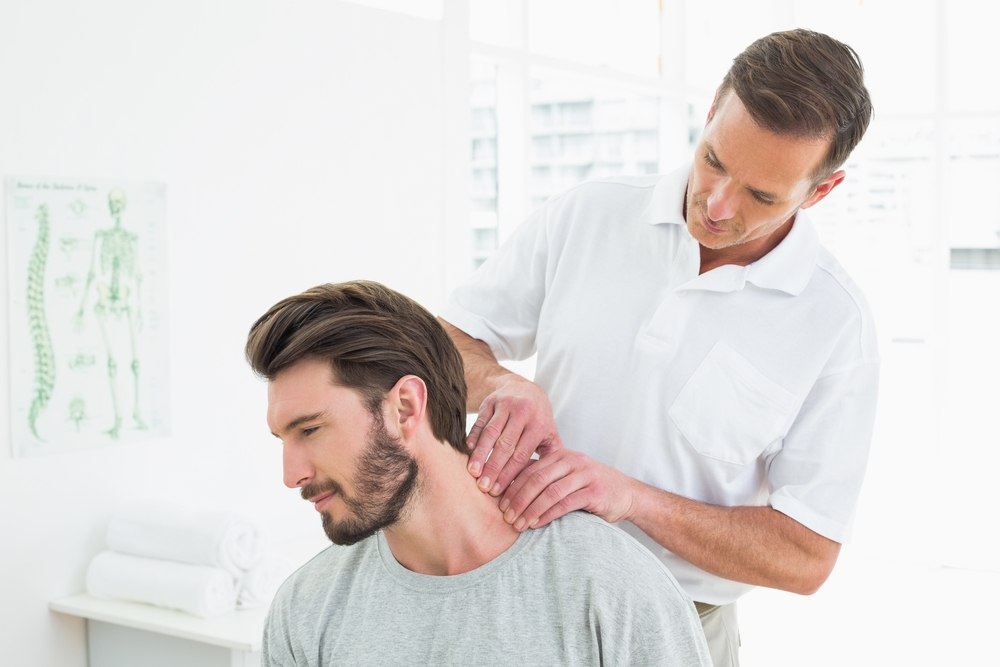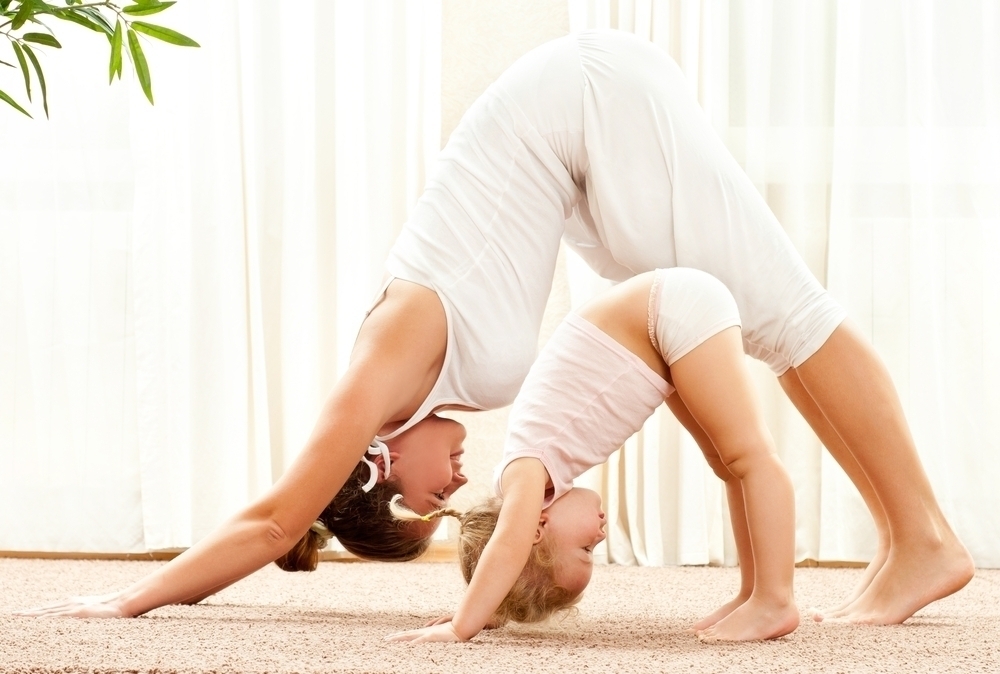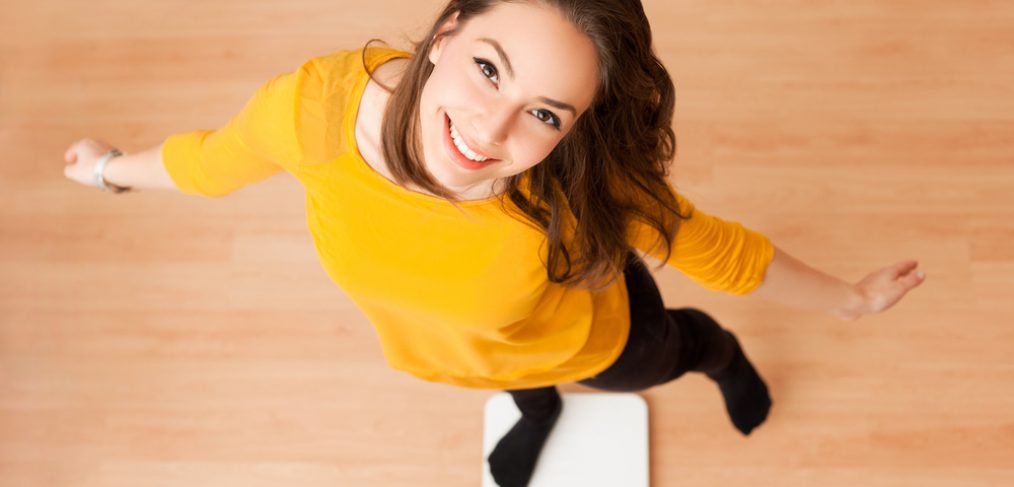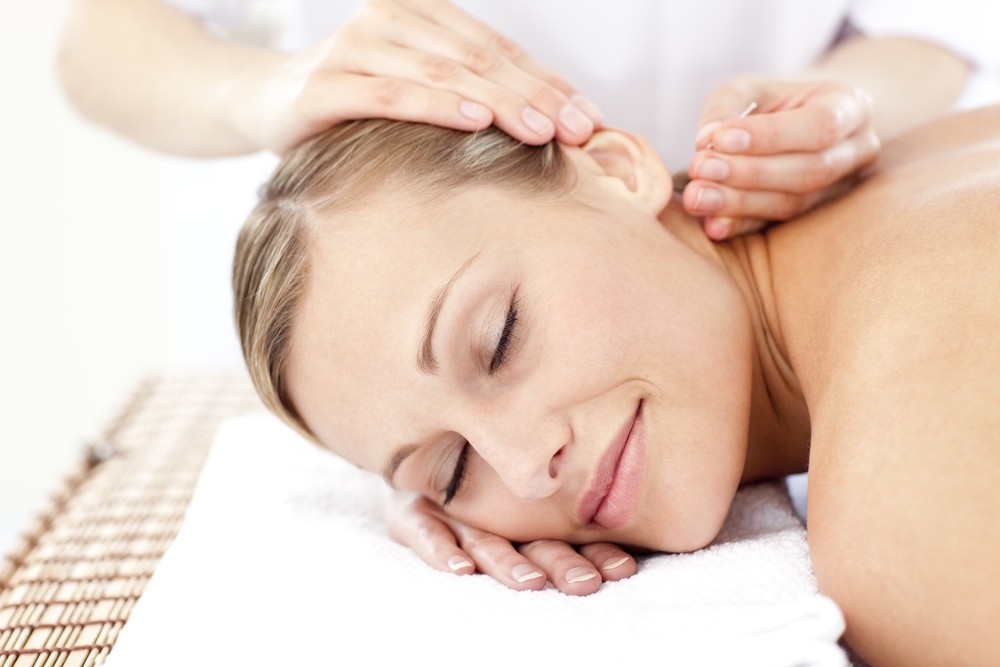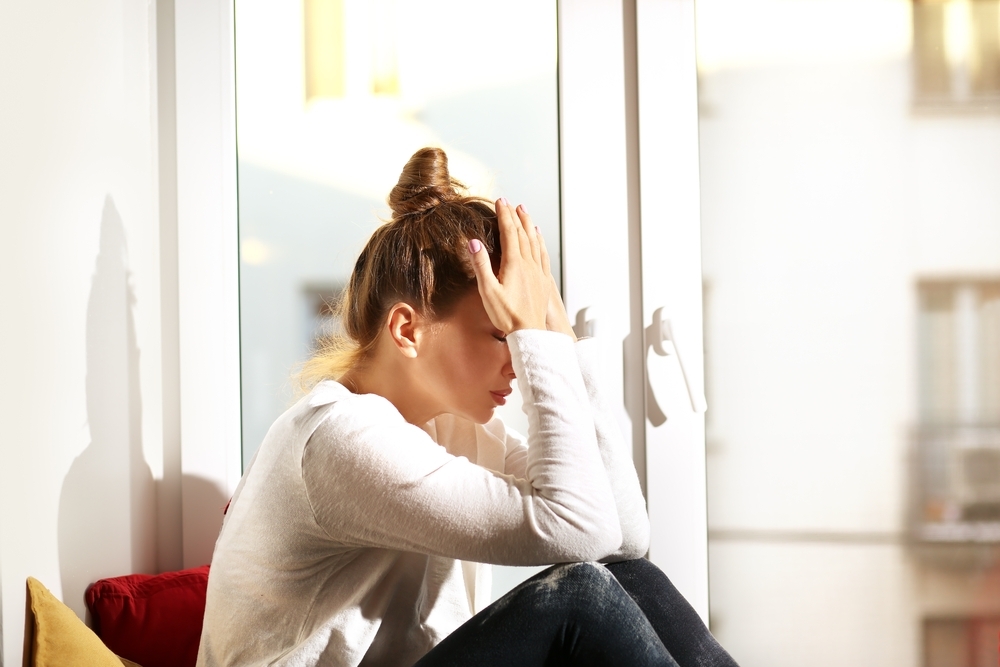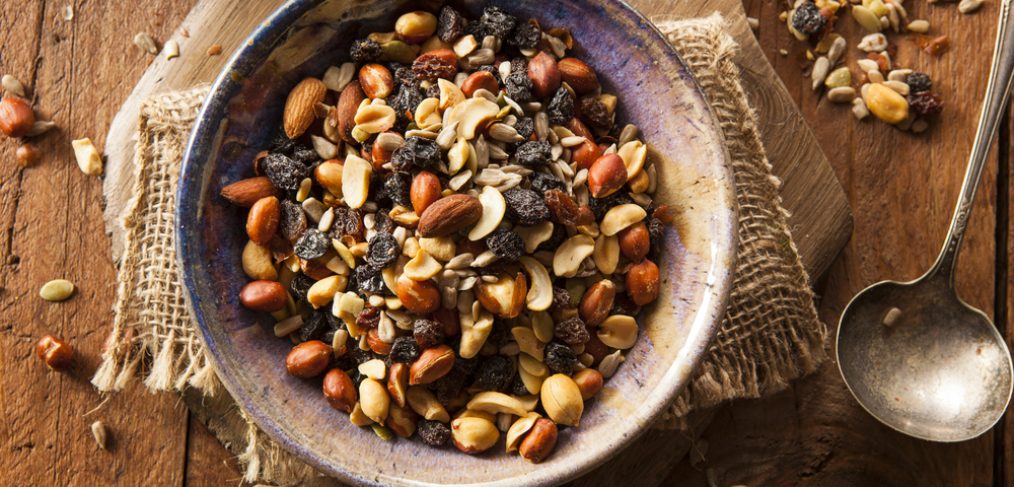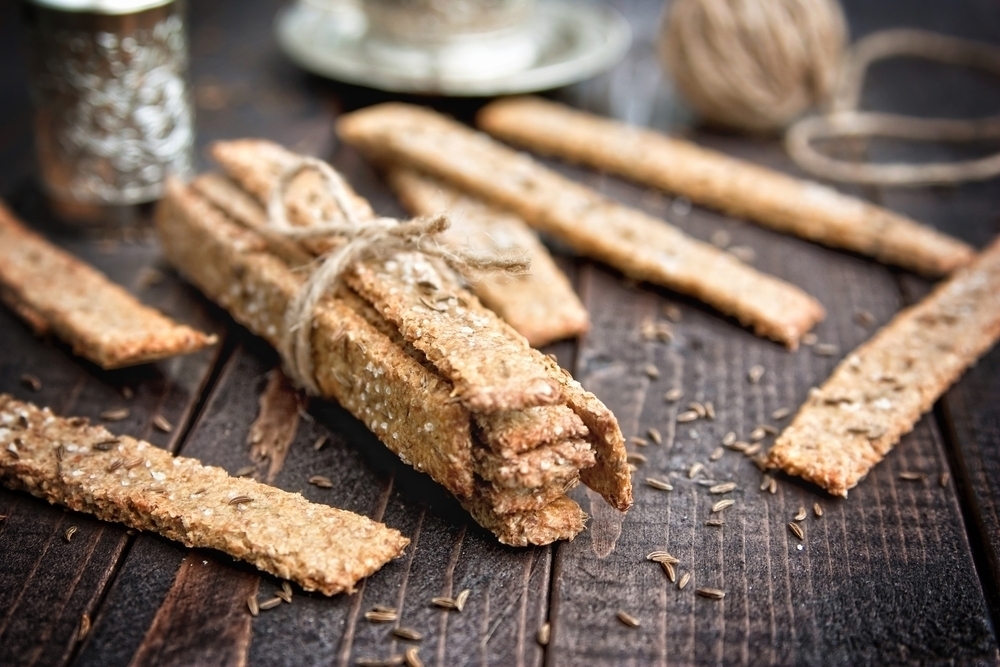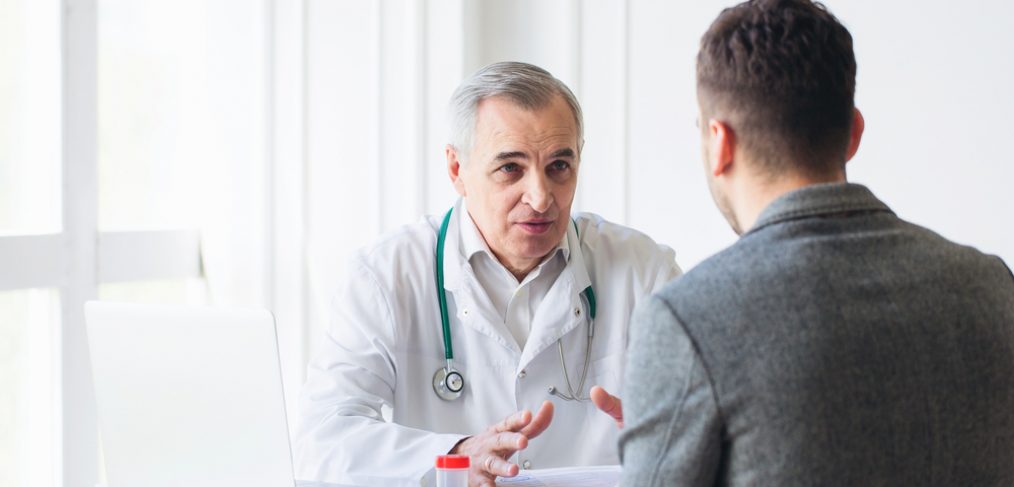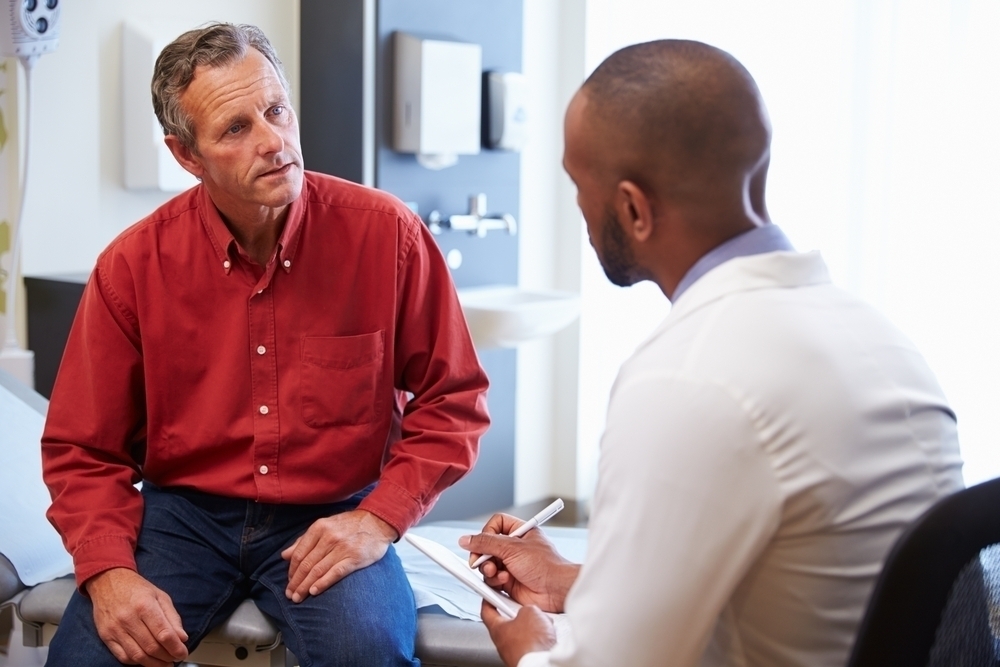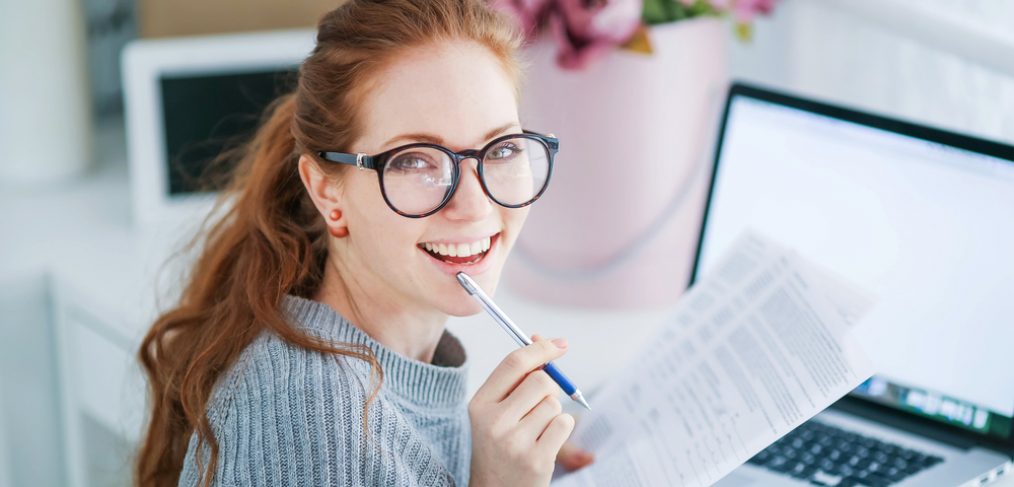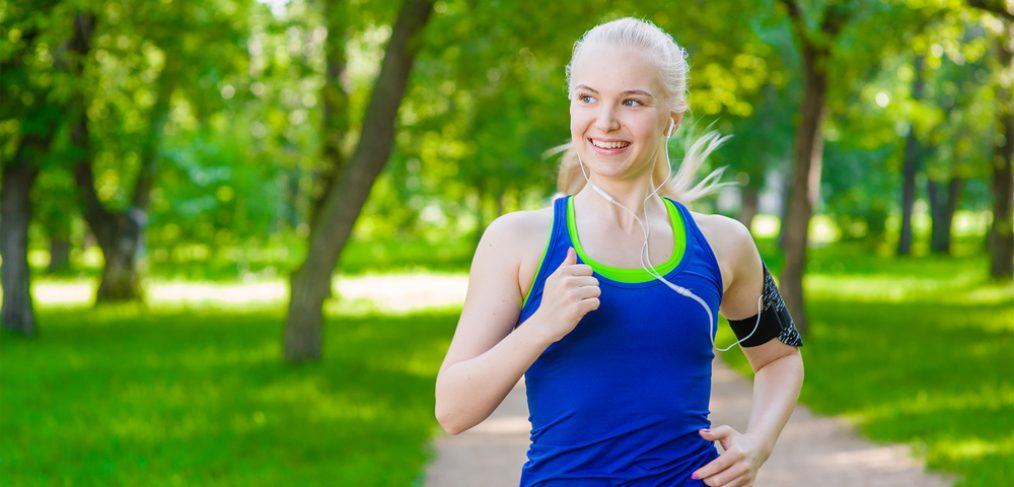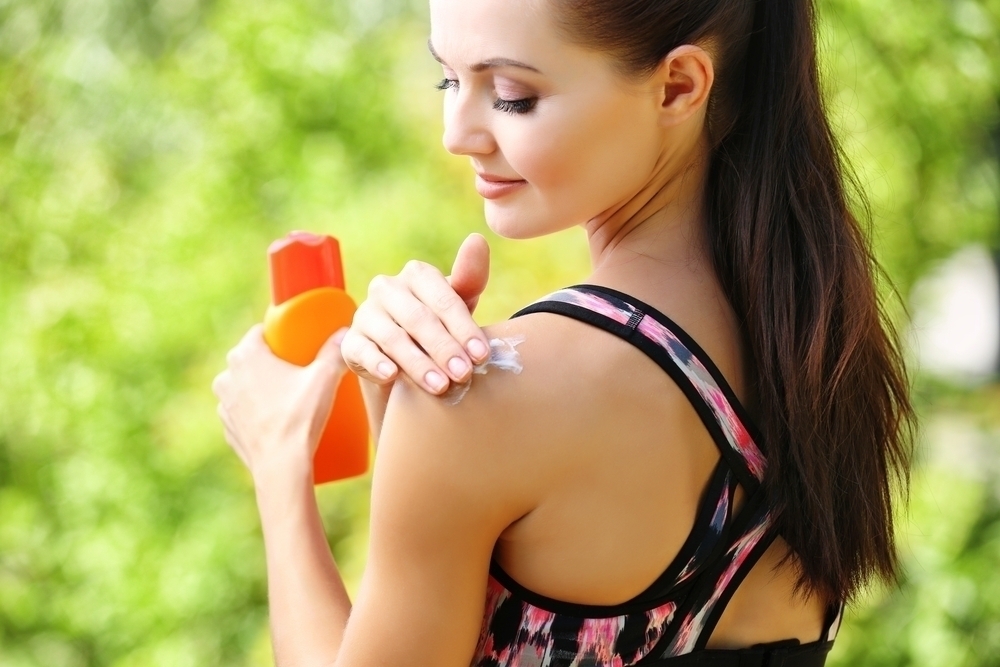The feel of strong hands on your body, working out every muscle, kneading every knot, relieving every bit of tension until your body falls into a jelly-like-puddle of submission. There are few who would debate the sensual effects of a good massage, but what about its healing power?
While it’s clear going for a massage can provide temporary pain relief, can it actually offer a more permanent solution?
For those who suffer from chronic inflammation, pain is a fact of life. For many, massage provides a welcome escape, but can it actually reverse the effects of the condition itself? Read on to find out the impact of massage on chronic inflammation.
What is Chronic Inflammation?
Inflammation is a natural series of bodily responses to injury or abnormal stimulation caused by a foreign agent. Inflammation is a normal and desirable defense mechanism, but it normally goes away when the cause does. However, in the case of chronic inflammation, this is not the case.
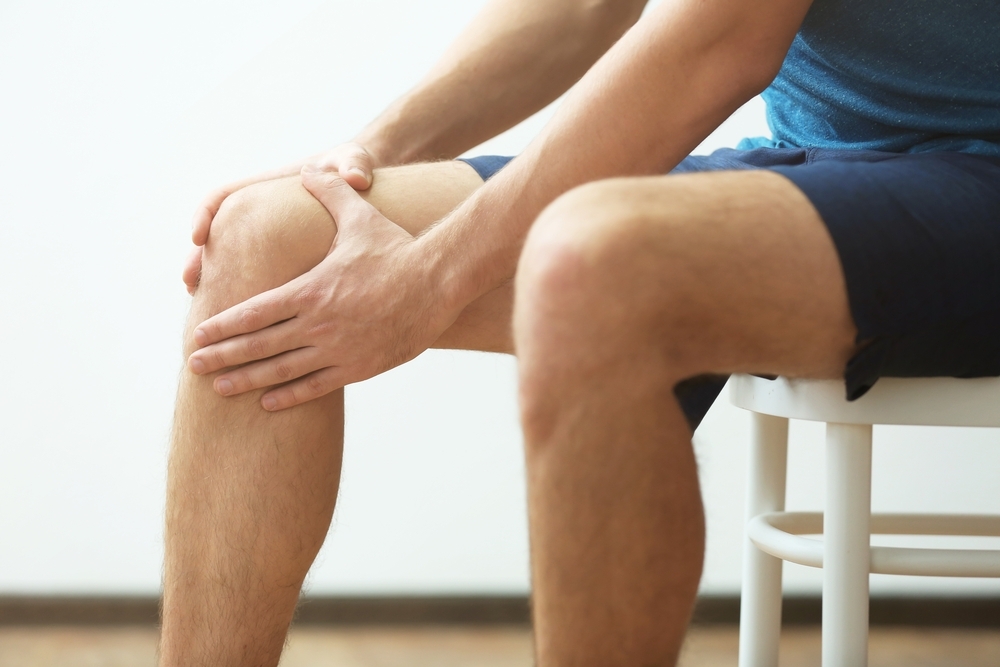
Chronic inflammation can last from a few days to a lifetime. It is thought to be the leading factor in all autoimmune diseases, including heart disease, Type 2 diabetes, chronic fatigue syndrome, obesity, dementia and Alzheimer’s disease.
Causes of Inflammation
The causes of inflammation may include stress, dietary choices, artificial chemicals in food, water, aid and cosmetics and pathogens like bacteria and viruses. However, while science seems to acknowledge many of the causes of inflammation, it is less forthcoming about possible strategies for dealing with it. While the use of anti-inflammatory drugs has proven effective, long-term use can lead to dangerous side effects, such as osteoporosis, heart disease, and hemorrhages.
Reversing Chronic Inflammation
Since the biological processes of inflammation are turned on by pain, then it is possible that the inflammation will decrease with the pain signal, giving the body more energy to heal itself. Massage is an effective way of doing just that. The key lies in applying the correct techniques and working with, rather than against the body.
Massage and Chronic Inflammation
A massage therapist needs to be aware of the variations in pain levels in the body’s client with chronic inflammation. Generally, full body massage can circulate white blood cells, boosting their efficient and worsening the client’s condition.
The following are a list of treatments designed to alleviate body systems with our significantly increasing full body circulation:
- Abdominal massage can greatly improve organ efficient. Chi Nei Tsang is a form of abdominal massage present in Chinese medicine which can be beneficial in this respect.
- Stretching provides the client with myofascial benefits without greatly impacting circulation.
- Myofascial release is a good way to free blockages in the body’s myofascial network. It is well tolerated by clients during flare ups.
- Shaitsu and Thai massage combine stretching while focussing on musculotendon pathways and specific muscle regions. They can vary in intensity depending on the client’s level of tolerance on the given day.
Have you used massage to treat chronic inflammation? What do you think? A short term relief or a long term cure? Let us know!



